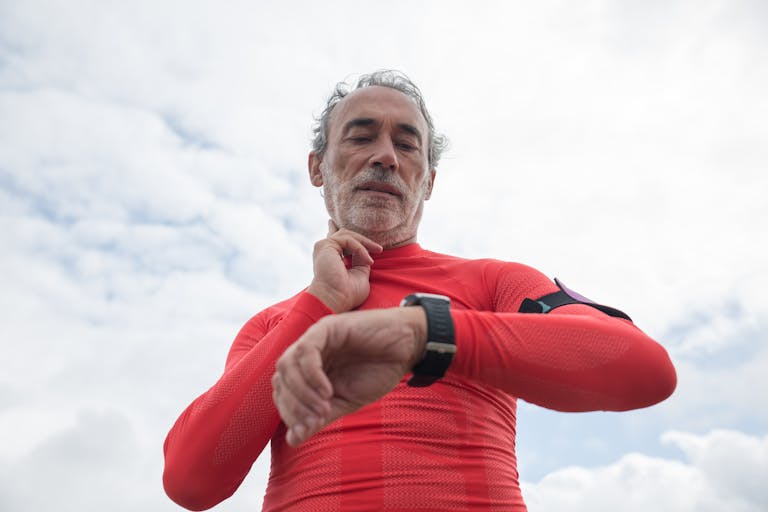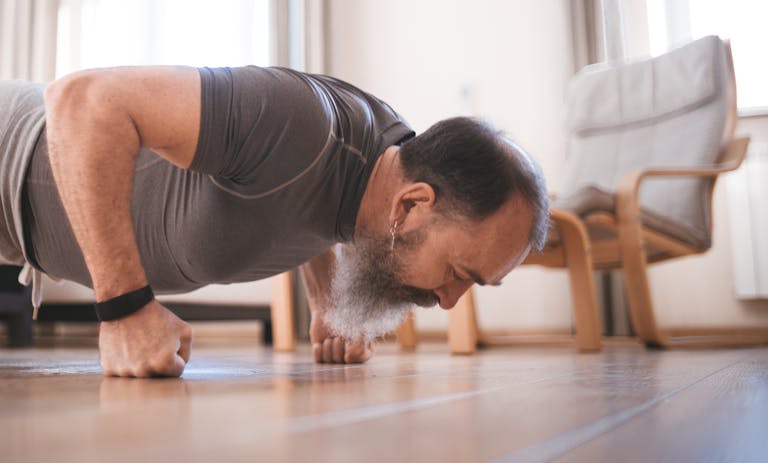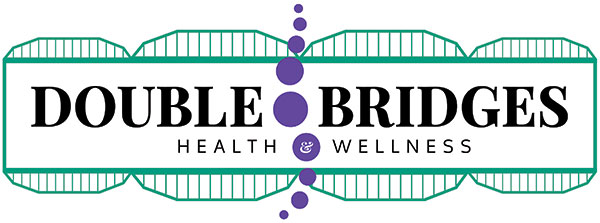Staying Active and Injury-Free After 40

Rediscover Your Strength at Any Age
If you’re over 40, staying active doesn’t just keep you fit—it keeps you functional. But the truth is, many adults start to notice changes: slower recovery, new aches, or nagging injuries that didn’t happen before.
At Double Bridges Health & Wellness, we help active adults maintain strength, mobility, and vitality through a functional medicine lifestyle—one that prevents injury, supports healing, and builds resilience from the inside out.

Understanding the “Over-40” Shift
After 40, your body naturally changes:
These shifts don’t mean you have to slow down—they mean you need a smarter approach to how you train, fuel, and recover.

Functional Wellness Tips for Everyday Strength
Here are a few key strategies our clients use to stay active and injury-free well into their 50s, 60s, and beyond:
1. Prioritize Recovery as Much as Exercise
Give your body the time it needs to rebuild. This includes rest days, stretching, and sleep—your most powerful recovery tool.
2. Eat for Healing, Not Just Fuel
A functional medicine approach to nutrition emphasizes anti-inflammatory foods, steady protein intake, and gut health. These support tissue repair and hormone balance.
3. Strengthen Balance and Mobility
Balance training, yoga, and mobility work reduce your risk of falls and joint strain—especially important if you’re active in sports or fitness.
4. Don’t Ignore the Small Aches
Minor pains can signal deeper inflammation or alignment issues. Functional assessments and peptide therapy can often address these before they become chronic.
5. Stay Consistent with Movement
Even gentle, daily activity maintains circulation, flexibility, and mood balance—key to long-term wellness.

The Prevention Mindset
Functional medicine is about prevention, not just treatment. When you understand your body’s signals and give it the right tools—nutrition, rest, peptides, and mobility—you can stay strong, capable, and confident in every decade of life.
